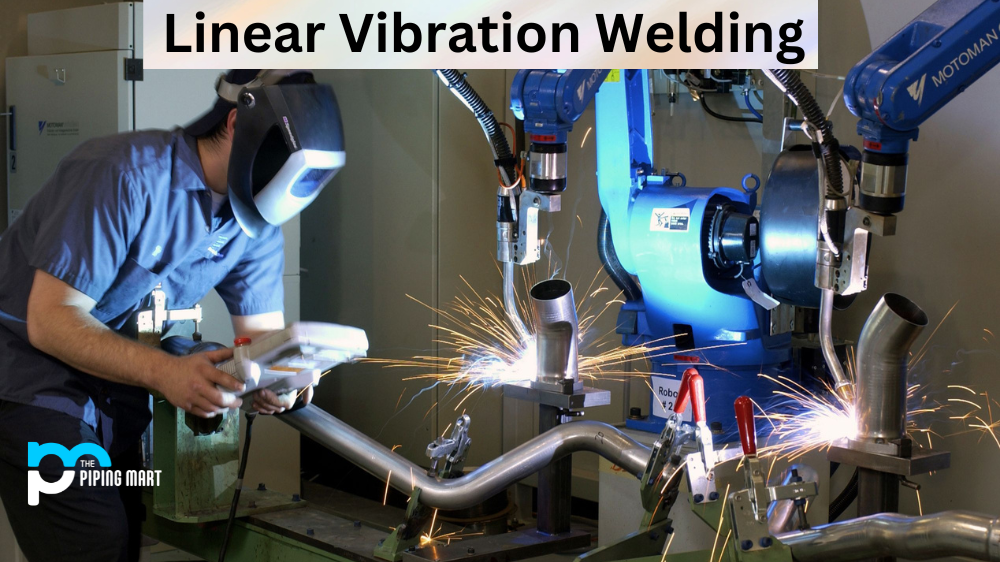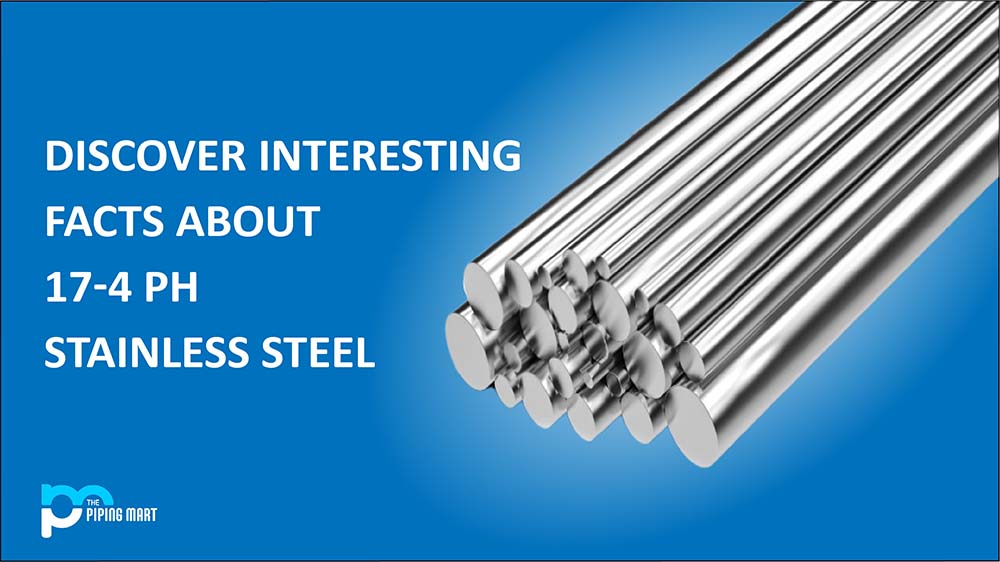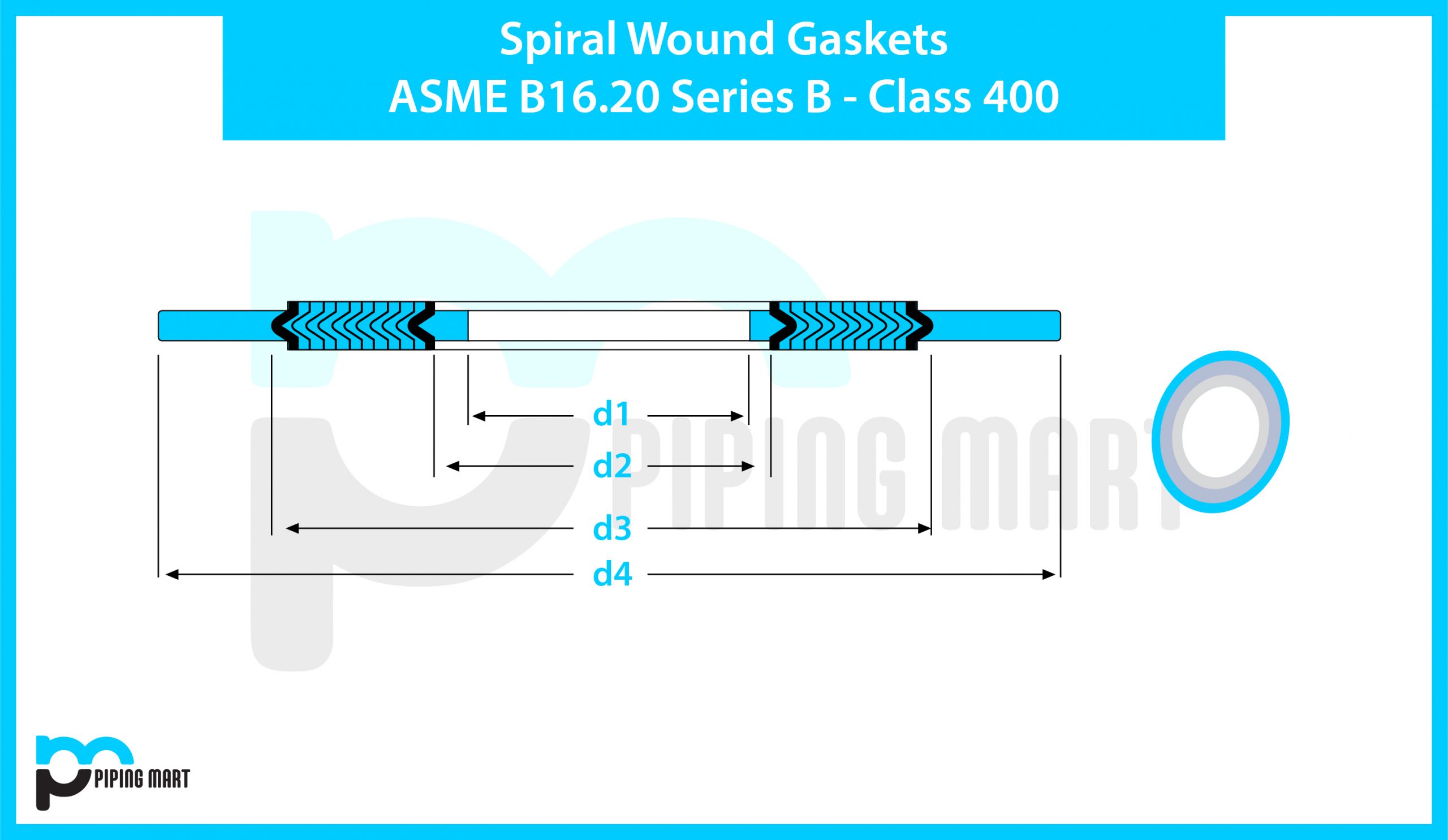Linear vibration welding is a thermoplastic welding process used to join two pieces of material together and create a single, unified part. This method has become increasingly popular in recent years due to its ability to create strong, reliable bonds without the use of adhesives or additional materials. In this article, we’ll discuss what linear vibration welding is, how it works, and the various uses for this process.
What is Linear Vibration Welding?
Linear vibration welding is a form of plastic welding technology that is used to join two pieces of plastic together using heat and pressure. To initiate the weld, an oscillating tool is placed between the two pieces of plastic and vibrates at high speed while simultaneously applying pressure. The friction created by the vibrations causes heat to be generated throughout the entire joint area, which then melts the plastic and fuses it together. The result is a strong bond that will not degrade over time like other types of adhesive-based welds can.
Linear Vibration Welding Uses
Linear vibration welding can be used in many different applications ranging from automotive parts to consumer electronics. Some common uses include creating housings for electronic devices such as cell phones or tablets, joining parts on vehicles such as dashboards or interior components, and forming airtight seals for water bottles or other containers. It’s also often used in medical device manufacturing, where precision and reliability are paramount.
Linear Vibration Welding Advantages
One of the main advantages of linear vibration welding is that it does not require any additional materials, such as adhesives or solvents, which can add cost and complexity to a project. Additionally, because there are no adhesives involved, there’s no need for additional curing time, which helps speed up production times significantly when compared to other joining methods like solvent bonding or hot plate welding. Finally, linear vibration welds are typically stronger than traditional adhesive-based welds, so they’re less likely to fail over time under normal conditions.
Conclusion:
Overall, linear vibration welding offers many advantages over traditional joining techniques, such as cost savings due to fewer materials required, faster production times due to no curing time needed, and increased strength thanks to its all-plastic welds. Whether you’re looking for a more efficient way to produce your products or just need something reliable enough for long-term use in harsh environments, linear vibration welding may be just what you need! For website owners and SEO newbies alike who have never heard of this process before now have an understanding that it could be a beneficial tool for their business moving forward.

A passionate metal industry expert and blogger. With over 5 years of experience in the field, Palak brings a wealth of knowledge and insight to her writing. Whether discussing the latest trends in the metal industry or sharing tips, she is dedicated to helping others succeed in the metal industry.




